Energy consumption class of washing machines and their efficiency
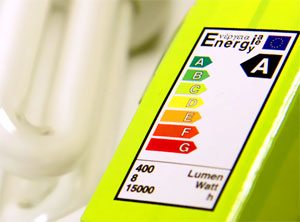 Washing machine energy consumption classes are indicated by letters of the English alphabet. By the way, the same letters indicate the spin and wash classes. Also, when marking, the “+” sign(s) next to the letter “A” can be used.
Washing machine energy consumption classes are indicated by letters of the English alphabet. By the way, the same letters indicate the spin and wash classes. Also, when marking, the “+” sign(s) next to the letter “A” can be used.
These classes are determined through laboratory tests with a washing machine. To do this, take a machine, put cotton linen in it and set the washing temperature to 60 degrees Celsius.
From the washing results, indicators are derived, which are indicated in kW/h per kilogram of washed items.
Washing machine energy consumption class table
| Electricity consumption classes | Power consumption |
| Machine with markings "A++" is the most economical at the moment. | She's had enough less than 0.15 kW/h per kg washable items. |
| The next most economical class will be "A+". | He will please us with the need that will be below 0.17 kWh per kilogram lingerie. |
| Next in the table are washing machines with the designation "A". | These home appliance samples are limited 0.17-0.19 kW/h per kilo. |
| If you see an energy consumption sign on a sticker "IN"… | This means that the machine can “eat” from 0.17 to 0.19 kW/h per kilogram of things. |
| Next class - "WITH". | Units that comply with it require 0.23-0.27 kW/h all on the same kilogram linen |
| Marking «D» will inform you that... | The washing machine will work hard using 0.27-0.31 kW/h per kilo washable fabric. |
| What does the icon tell us? "E"? | Only that 0.31-0.35 kW/h per kg things - this is a normal need for this device. |
| Class «F" found on the label... | Will inform us that for this washing machine the norm is - 0.35-0.39 kW/h for each kg. |
| Class «G" the last and most wasteful of the existing classification. | Such machines will require more than 0.39 kW/h per kilogram washable linen. |
It is very unlikely that you will find household appliances that were produced in our time and which are assigned the “G” class. After all, most modern manufacturers strive to reduce the consumption of manufactured electrical appliances.
How did the classification of energy consumption come about?
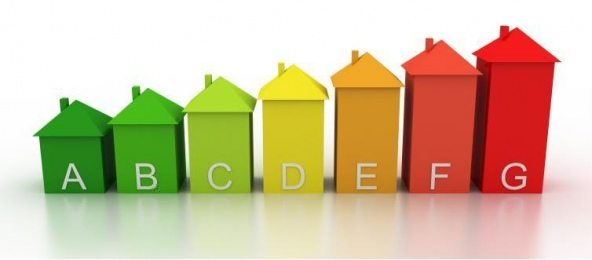
Even twenty years before the end of the last century, buyers began to become increasingly concerned with issues not only of the quality of household appliances, but also the amount of resources they consume.
Cost-effectiveness is a smart approach. And the desire to get the same result while spending less money on electricity is quite understandable.
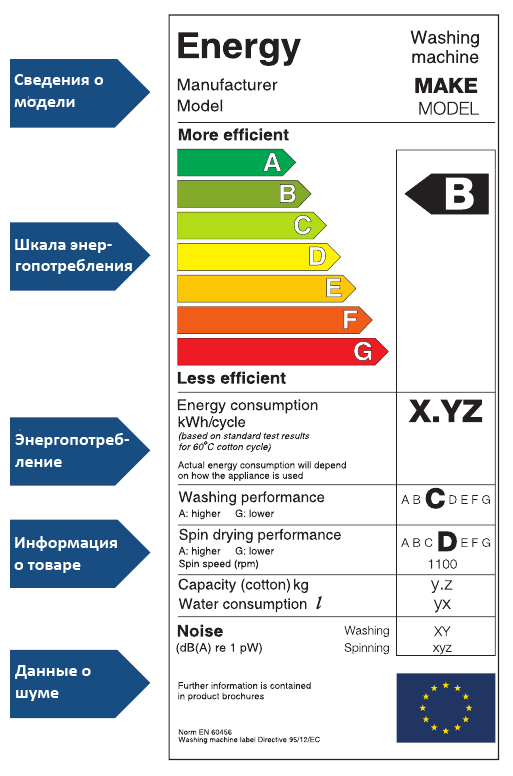 Therefore, many manufacturers of household appliances began to supply their products with information about energy consumption. This information did not have a uniform classification at that time and could differ in different countries and among different brands.
Therefore, many manufacturers of household appliances began to supply their products with information about energy consumption. This information did not have a uniform classification at that time and could differ in different countries and among different brands.
In 1992, a unified classification was developed in Europe, compliance with which has since become the norm throughout the world. This is how this class system appeared, denoted by Latin letters from “A” to “G”. The class of a washing machine, like other types of large household appliances, is indicated on a special standard sticker, which is stuck on the outer part of the case.
Just two or three years ago, the most economical class was the one designated by the letter “A”. Then a new and more economical class appeared - “A+”.And after it “A++”, in some types of household appliances a new and more modest class “A+++” has already appeared in terms of energy consumption. There will probably be more devices with this marking in the near future.
Interesting:
Reader comments
- Share your opinion - leave a comment
Categories
Washing machine repair


For buyers

For users

Dishwasher

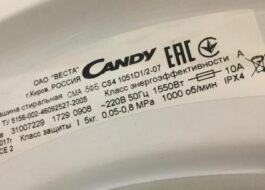
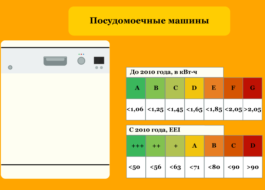
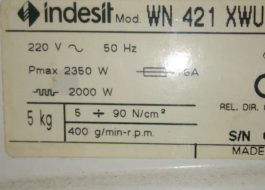
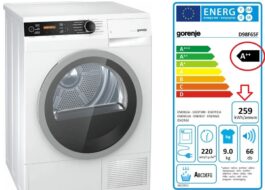












Add a comment